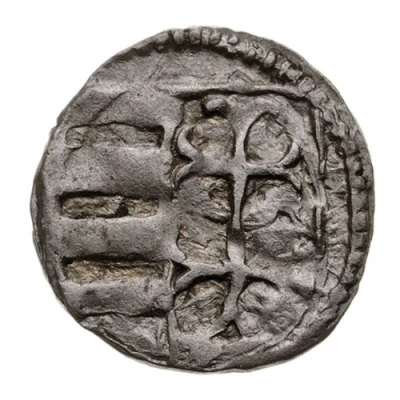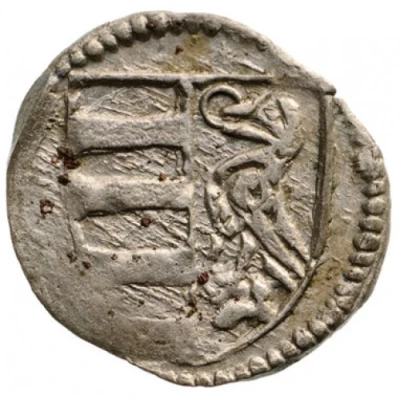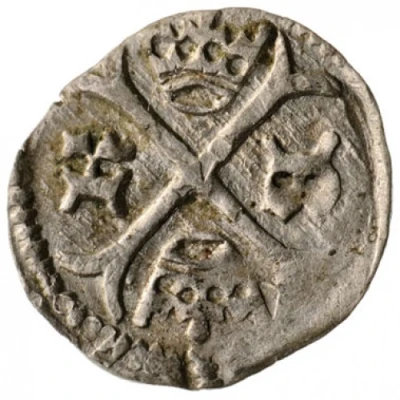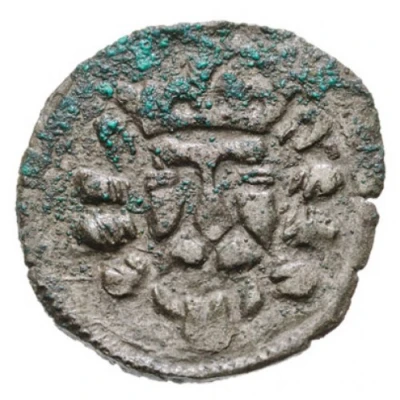
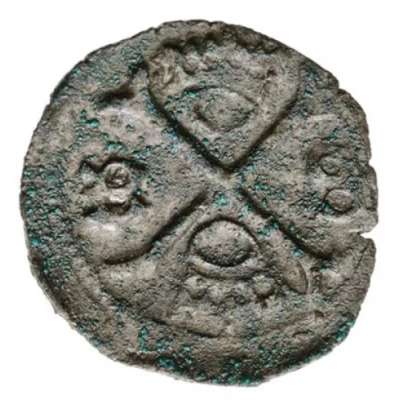

© Numismatics.hu
Obol - Matthias Corvinus ND
1462 year| Billon | 0.36 g | - |
| Issuer | Hungary |
|---|---|
| King | Matthias Corvinus (Mátyás Hunyadi) (1457-1490) |
| Type | Standard circulation coin |
| Year | 1462 |
| Value | 1 Obol (Obulus) (1⁄192) |
| Currency | Florin (1310-1540) |
| Composition | Billon |
| Weight | 0.36 g |
| Shape | Round (irregular) |
| Technique | Hammered |
| Demonetized | Yes |
| Updated | 2024-10-05 |
| Numista | N#72526 |
|---|---|
| Rarity index | 97% |
Reverse
Isosceles cross divides two crowns and mintmark
Lettering: K A
Edge
Plain
Comment
C.II.: 223Interesting fact
The Obol coin from Hungary, minted during the reign of Matthias Corvinus in 1462, is interesting because it was made of Billon, a metal alloy that was commonly used in coinage during the Middle Ages. Billon is a mixture of silver and copper, and it was used to create coins that were more durable and resistant to wear and tear than coins made of pure silver. The fact that the Obol coin was made of Billon suggests that it was intended for everyday use and circulation, rather than being a collector's item or a symbol of wealth and status. Additionally, the fact that it weighs only 0.36 grams makes it a relatively small and portable coin, which would have been easy to carry and use in transactions.
